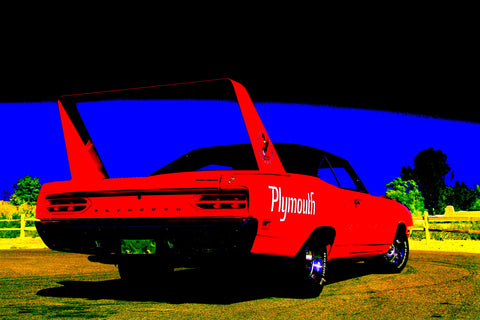Imagery

My goal with every shoot is to correctly capture the lines of an exotic, collector or performance car. Ian Callum, the longtime head of design at Jaguar, gave me a tremendous compliment when he said:
“You see the car as the designer intended it to look.”
This is key, for in the days before the internet and social media, the chances were many magazine readers might never see the car anywhere else, or in person. I thus wanted to be sure he or she knew exactly what it looked like.
But there is more to impactful imagery than "just" capturing a car's essence. As one of the auto industry’s last converts from film to digital, I loved the authenticity that Velvia 50 slide film had (and still has). There was little margin for error so you had to know what you were doing.

That philosophy carries on today, where I try to get the shot right the first time, while on location. That way the viewer sees the actual image—and not something where elements have been Photoshopped in or out.
This makes location scouting critical, for a subtle interplay through the use of contrasting colors and textures can make an image transcendent. The "Ferrari on Leaves" shot seen above is a perfect example, for there is the lustrous silver contrasting with the foliage's earth tones, and the car's soft lines and curves against the bed of jagged leaves.
Interestingly, more than once someone asked if all the leaves were put in place for the photo. Thankfully I’ve long been able to pre-visualize what an image will look like before it is taken. When I spotted the leaves we drove that one-off Ferrari there, I climbed up top a van, and in 10-15 minutes, the shot was in the can.

Another trick is to place a car where you don’t expect to see it, like the Lamborghini in the desert. There should be a seamless flow between the background and subject so there is harmony and balance throughout the entire image. It’s a subtle thing, but effective.
Get these elements and more right, and you have a shot that transcends good editorial work to become high impact imagery, or even art. A number of examples are found in Wall Art, and soon, Fine Art Prints.

On those two links, you will learn even a “realism purist” likes to play around. Since launching the storefront, I’ve altered certain images to make them more vivid and abstract, like a painting or contemporary art. Which is another enjoyable way of “seeing!”


